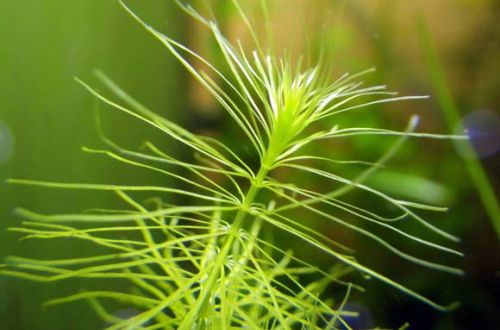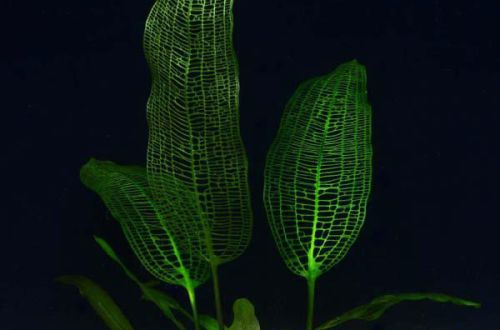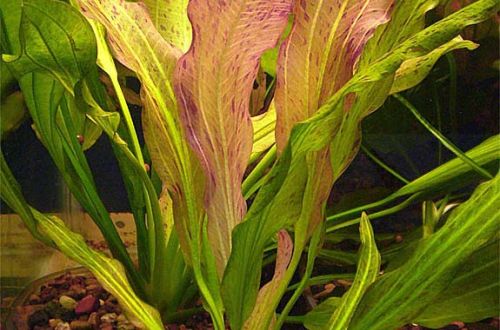
Rotala Japanese
Japanese Rotala, scientific name Rotala hippuris. The plant is native to the central and southern islands of Japan. It grows in shallow water along the banks of lakes, backwaters of rivers, in swamps.

Under water, the plant forms a group of sprouts with tall erect stems with very narrow needle-shaped leaves. As soon as the sprouts reach the surface and pass into the air, the leaf blade takes on a classic shape.
There are several decorative varieties. In North America, a form with a red top is common, and in Europe a dark red stem. The latter is often supplied under the synonym Rotala vietnamese and is sometimes erroneously identified as Pogostemon stellatus.
For healthy growth, it is important to provide nutritious soil, a high degree of light, soft acidic water and an additional introduction of carbon dioxide. In a different environment, Japanese Rotala begins to wither, which is accompanied by growth retardation and loss of leaves. Ultimately, it may die.





